Last updated: 25 June 2023
This is the third (and final post) covering Roaming Required’s Baltic road trip adventure! These three posts cover a day by day breakdown of where we visited, the highlights, the challenges, and what you can expect if you decide to travel through Latvia, Lithuania, and Estonia. Spoiler alert: we loved it!
A Quick Recap
We flew from London to the Latvian capital of Riga, spent a day exploring before heading north and crossing into Estonia. First stop was Parnu where we explored the city and enjoyed a hot tub soak before making a beeline to the capital city of Tallinn. Explored the Old Town and discovered some secret KGB history before making our way to Tartu, the culture capital of Estonia. We immersed ourselves in the history of the city and sampled some delicious food and saw the beautiful sights.
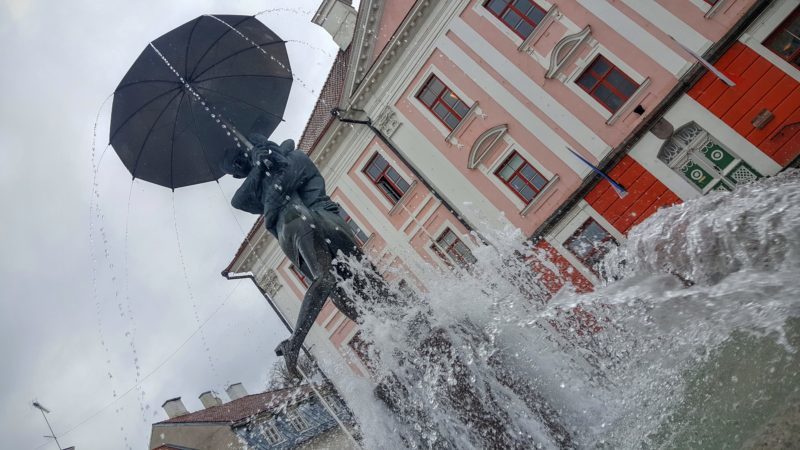
And now we continue our Baltic road trip adventure into Day 7…
Day 7: Tartu, Estonia to Vilnius, Lithuania
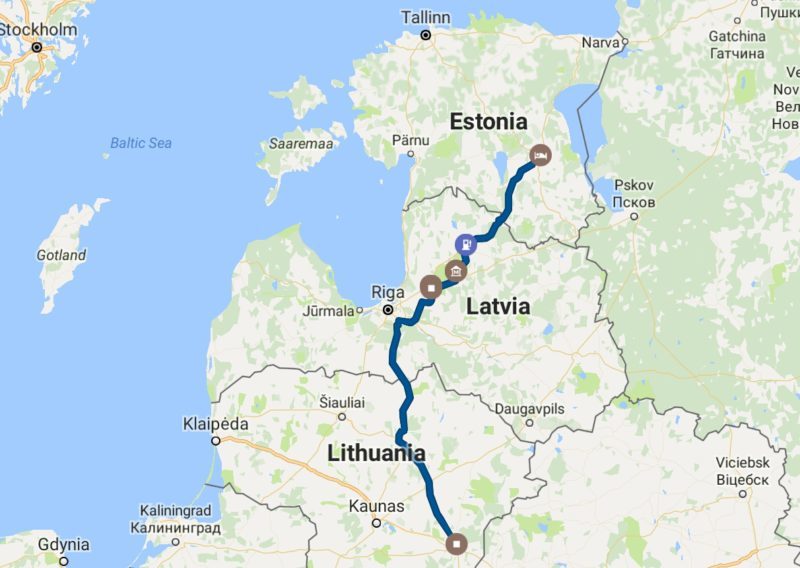
The Facts:
- Start: Tartu, Estonia
- Finish: Vilnius, Lithuania
- Travel Time: 8 hours 20 minutes (including stops)
- Transport: Car
- Costs: Supermarket supplies €10, Hotel Congress €85 per night (2 night stay)
The Highlights
Attractions:
Cesis Castle, Gutmanala Cave
Travel Tip:
Make sure you pack a lunch in an esky (cooler bag) because on this section of the road trip you have a lot of ground to cover. Save time and eat in the car.
Highlights Gallery:
Russell’s Overview:
After exploring two-thirds of the Baltic countries, it was time to head towards Lithuania and its capital city of Vilnius. We knew that this was going to be the longest section of the entire road trip because we had to cross back through Latvia on our southbound trek to Lithuania and the idea of just sitting in the car for hours on end didn’t exactly thrill us, so we planned a couple of stops along the way – and of course, the first stop was going to be a castle!
We packed up the car, bid a fond farewell to Hotel Margaretha, and headed towards our first stop; Cesis Castle.
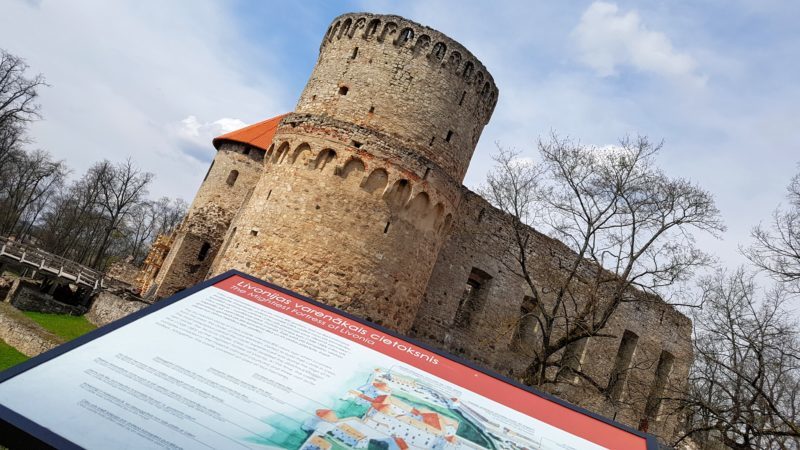
Cesis Castle is a 13th century Livonian castle built by the Livonian Brothers of the Sword in 1209. The castle was once the most important residence for the Order’s Masters for over 300 years.
The castle has been attacked, destroyed, and rebuilt throughout its long and complicated history but one of most fascinating facts I learned during our visit was in 1577 (during the Livonian War) the castle was once destroyed by its own army to prevent it from falling into the hands of Ivan the Terrible!
Now, if you’re reading the above and thinking I have no idea about Ivan the Terrible or the Livonian War or even where Livonia was then don’t worry, we were exactly the same! As a couple of Aussies who didn’t learn about Baltic history in school, this was all a new learning curve! We made sure we read (and re-read) every piece of information available at the Castle and to gain a better understanding. If you’re interested in learning more then I’d definitely recommend Wikipedia as a good place to start.
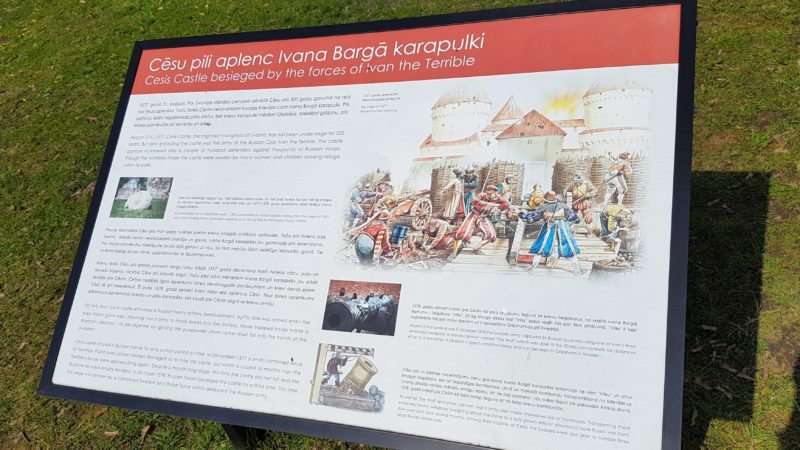
Cesis Castle is located a 2.5 hour drive from Tartu so it’s a good place to stop and stretch the legs. There’s a small parking area in front of the castle and we were lucky to secure the last spot, I’d say that your chances on the weekend would be pretty slim so worthwhile looking for street parking.
We had the weather on our side, it was a beautifully sunny which meant we could leave the coats in the car, the first time we could do that all road trip!
There is a large reception building where you purchase your tickets before entry. The prices vary depending on the exhibits you wish you to explore but access to Museum, Medieval Castle, and Exhibition Hall costs €6 for adults and €3.50 for students. Roma and I were provided media entry passes during our visit which we greatly appreciated so we made our way to the desk where we collected our castle map and lantern. Yes, that’s right. A candle-lit lantern because there are some dark and narrow places when exploring the lower areas of the castle. The idea of carrying around a lantern obviously sat well with us.
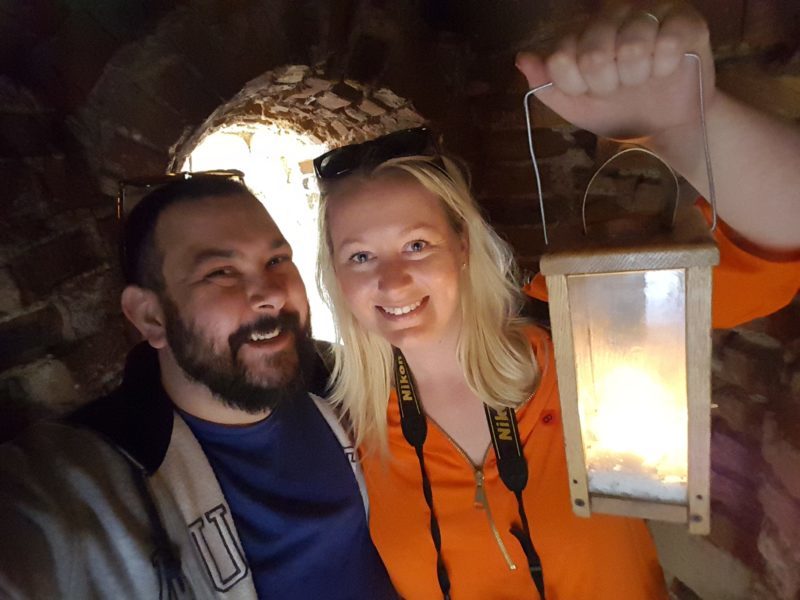
Before we started exploring the remains of the castle, we were intrigued by something we saw on the map. It had a section marked Lenin. Located in the garden area of the grounds we saw a large wooden box.
Contained in the box was something I didn’t expect to see in a 13th century Latvian Castle – an original metal statue of Vladimir Lenin! Mind blown! It once stood in the city square until is was toppled when the Soviet occupation ended in 1991.
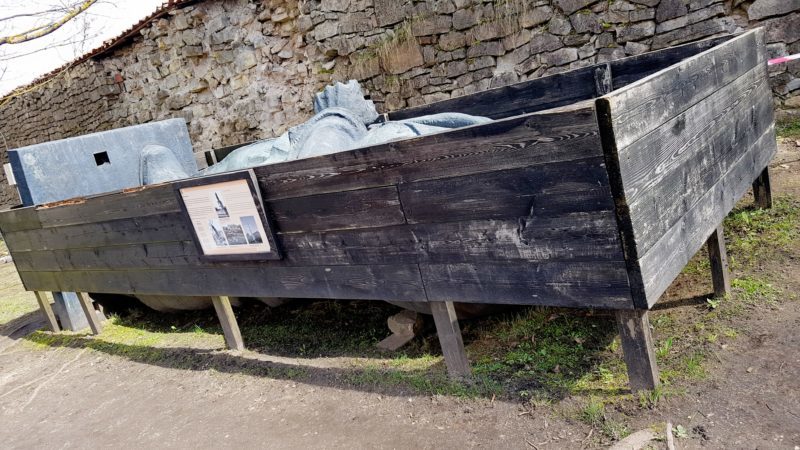
I couldn’t believe it! We came to visit a historic Latvian castle and what we ended up finding was a piece of modern history laying peacefully under the shade of a tree!
We took some more photos of the fallen statue, picked up our lantern, and headed towards the remains of the Cesis Castle.
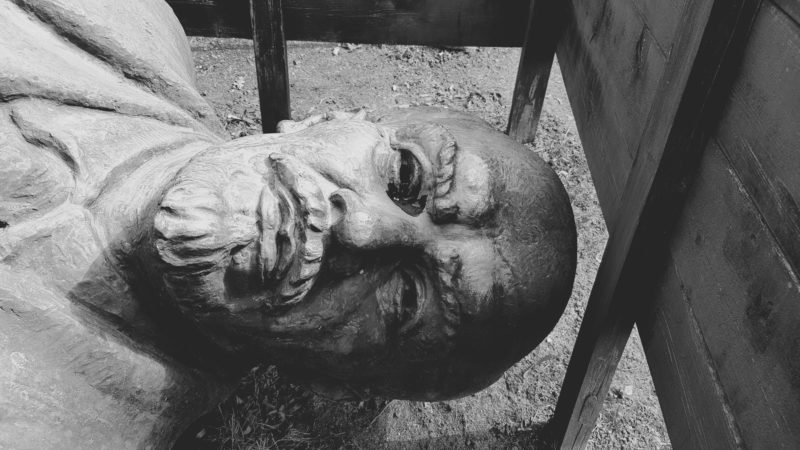
The castle ruins are considered to be some of the best in all of Europe and it’s easy to see why. The castle walls are in great condition, as well as the roof, towers, and rooms. As you wander from room to room it becomes easy to imagine what life must have been like over the past 800 years.
As you explore the grounds, admiring the tall standing walls, you will eventually move inside and be confronted with a winding set of stairs and minimal light. Enter your candle-filled lantern. Yes, you get to feel like you’ve just stepped back in time as you cautiously walk up the stairs, taking extra time to ensure you have a sturdy foothold on the stairs.
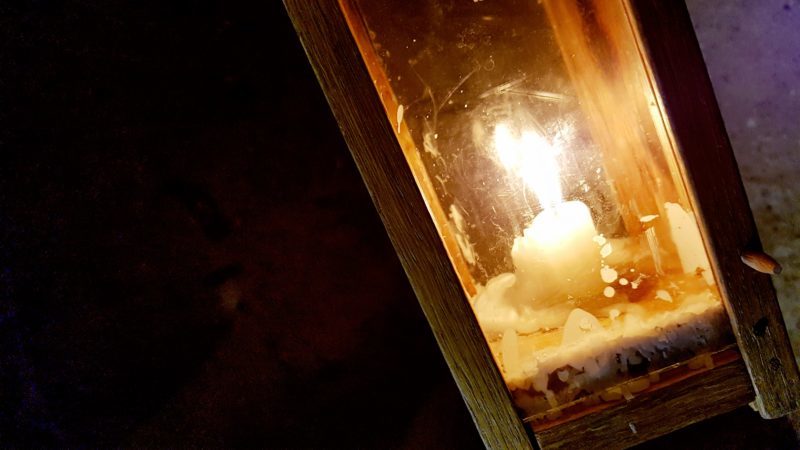
Once we finished exploring the castle ruins (yay, no injuries) we headed to the Cesis New Castle, back at the reception building. The Cesis New Castle (or Cesis manor house) was originally built in the 18th century and today is operated by the Cesis History and Art museum. Whilst the New Castle is informative, it does feel a little dull compared to exploring castle ruins by candle light. The new castle rooftop viewing platform is well-worth visiting for some nice scenic photos.
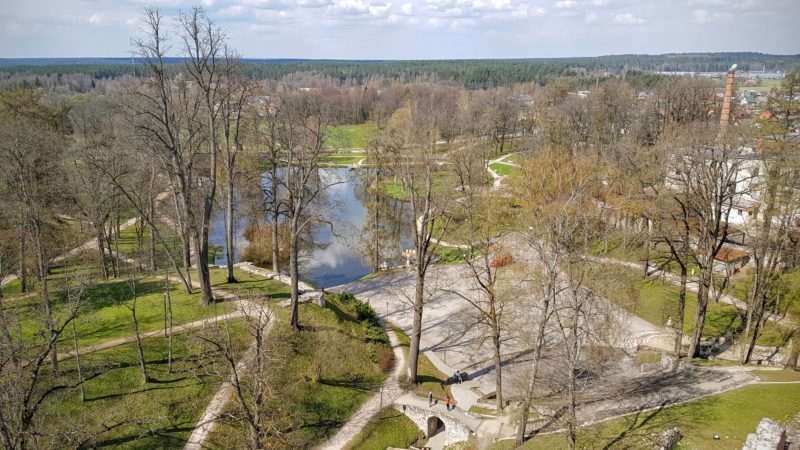
We spent about 2 hours exploring Cesis Castle and it was totally worth it. Not only did it afford us a nice break from driving but it we were (once again) able to immerse ourselves in history.
We headed back to car and commenced our drive to Vilnius but, in typical fashion, we found something else we wanted to explore! Just another benefit to a road trip, you can go wherever you want to go whenever you want to!
About 30 min into the drive, Roma learned about the Gutmanala Cave (also referred to as Gutmanala Grotto, Gutmans Cave, and Gutmanis Cave) located in Sigulda, which just happened to be relatively close during our drive to Vilnius so we made a detour, just of the many things we love about road tripping!
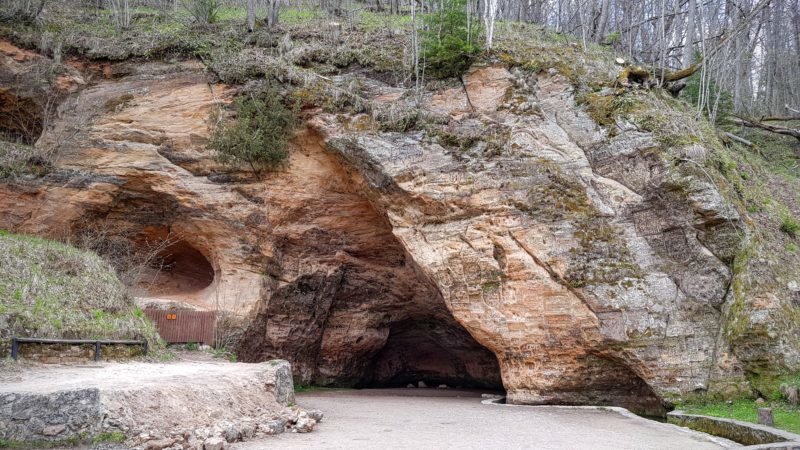
The Gutmanala Cave is the largest cave in the Baltics and dates back 10,000 years! The reason we wanted to visit was because this cave is fill of historical graffiti! We entered the 18m deep cave and couldn’t help looking at the walls, every inch was covered in inscriptions carved by visitors over the last 400 years. How do I know it’s 400 years worth of history? The earliest graffiti tag there is from 1668!
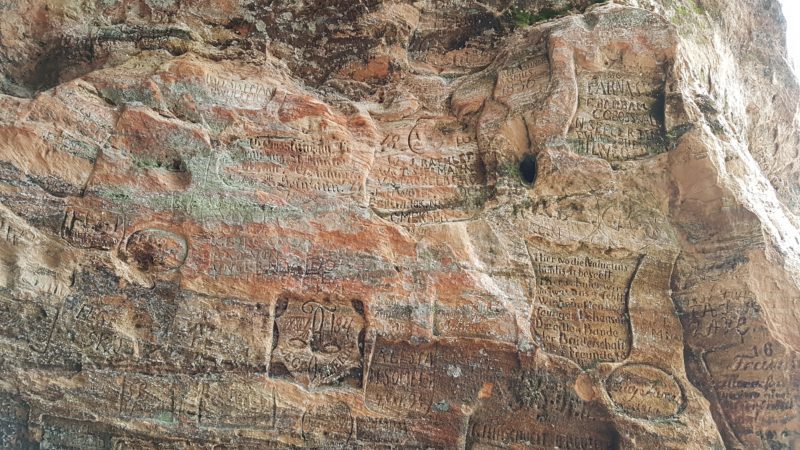
On a bleak overcast day, we had the whole place to ourselves. Amazement and wonder overcame us as we stood in the middle of Latvia in the same spot where 400 years of visitors carved their names into the walls. Simply astonishing..
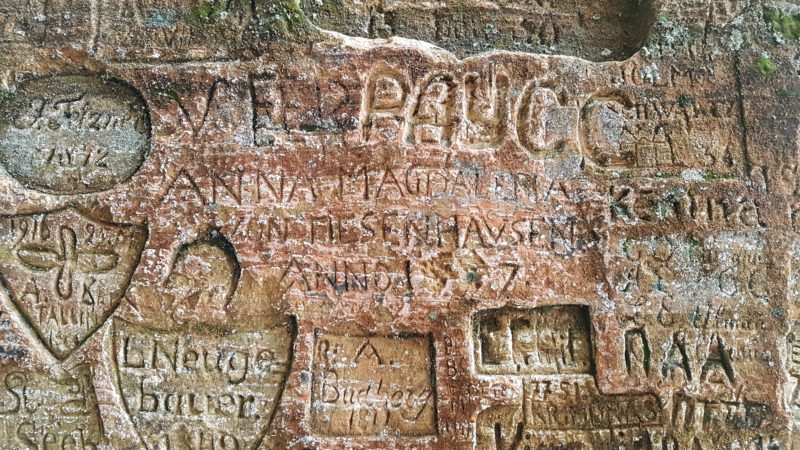
After spending about about an hour exploring the cave, it was back to the car for the final 4.5 hour journey to Vilnius. Thankfully, we had our esky with sandwiches for the trip so no stopping for us as we made a beeline to Lithuania’s capital city.
Day 8: Vilnius, Lithuania
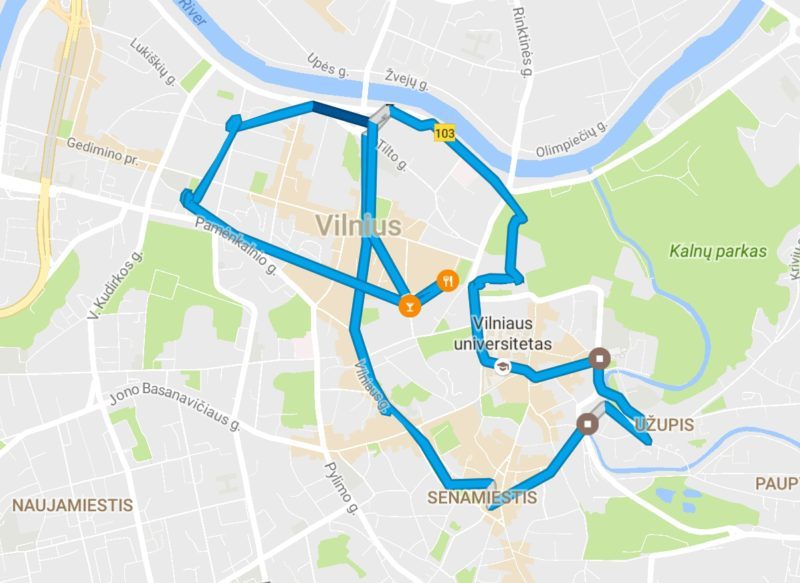
The Facts:
- Start: Vilnius, Lithuania
- Finish: Vilnius, Lithuania
- Travel Time: All day exploring
- Transport: Walking
- Costs: Walking tour tip €10, Museum entry €5, Busi trecias €10, Dinner €30
The Highlights
Attractions:
Vilnius Town Hall, Vilnius Greater Synagogue, Church of the Blessed Virgin Mary of Consolation, Republic of Uzupis, St Anne’s Church, Presidential Palace, Cathedral Square, Vilnius Cathedral, Palace of the Grand Dukes, Gediminas Tower, and Museum of the Genocide Victims.
Travel Tip:
Make sure you visit the Museum of Genocide Victims for a detailed understanding of the modern history of Lithuania.
Highlights Gallery:
Russell’s Overview
We believe that one of the best ways to explore a new city is to take a free walking tour because it’s a great way to get to know the lay of the land, places to visit, and get some insider knowledge.
We joined gathering crowd on the steps of the Town Hall for the the Vilnius Free Tour which runs everyday at noon. Given that it was Saturday tour, crowds were to be expected. I was surprised by the sheer number of people but there were 3 guides ready for the crowds. We were split into 3 groups and we spent the next 2 hours with our friendly and informative tour guide, Milda.
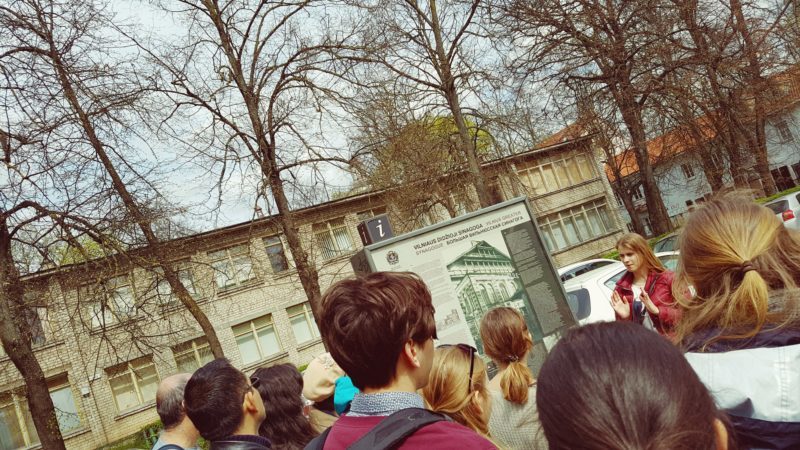
Over the course of the tour, we visited all main city attractions including Vilnius Town Hall, Vilnius Greater Synagogue, Church of the Blessed Virgin Mary of Consolation, Republic of Uzupis, St Anne’s Church, Presidential Palace, and finishing in Cathedral Square
As the tour finished in Cathedral Square, we took the opportunity to wander the area and take some photos of Gediminas Tower (the last remaining tower of the Upper Castle) and the Palace of the Grand Dukes of Lithuania.
Keen to get a further understanding of the Soviet occupation in the Baltics our next stop was the Museum of Genocide Victims. The museum is housed in a former KGB building where, from 1940-1991, Lithuanian citizens were routinely imprisoned, tortured, and executed on site.
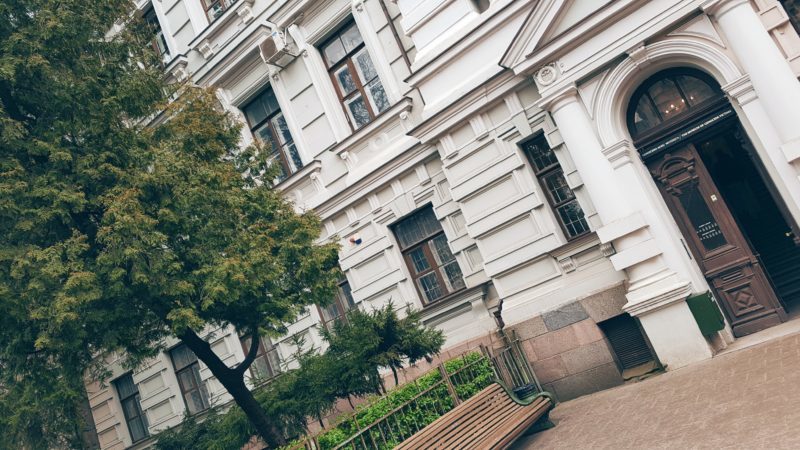
Entry to the museum costs €4 for adults and €1 for students. Be sure to grab one of their insightful audio guides (cost €3) for a good degree of context to the exhibits.
The museum is split across different rooms and floors with a wealth of information displayed on the boards, in English as well. Each of the rooms contains a different theme – from historical timelines covering the occupation, to the deportation of families to Siberian forced labour camps, to letters and photos detailing life in Siberia, and the resistance which existed in various forms over 50 years.
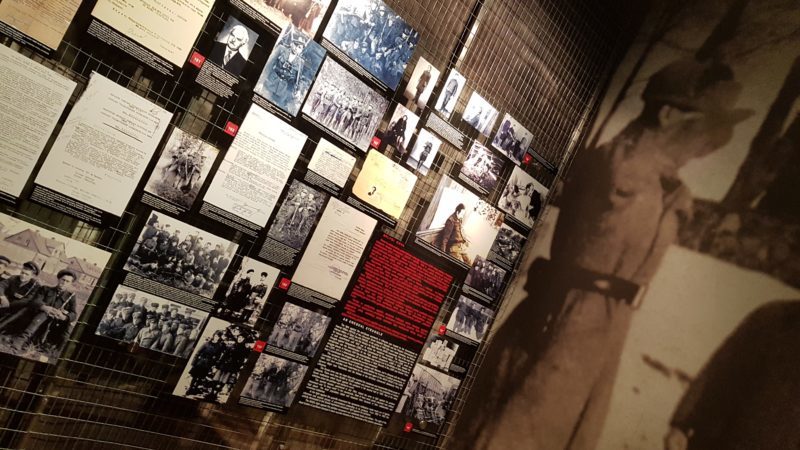
The most harrowing part of the museum was visiting the torture rooms and execution chamber. It is difficult to describe what it felt like walking through the corridors passing stark cell after cell trying to comprehend what had taken place. It was almost too much when passing one particular cell which contained padded walls, floor, and the door used to suppress the noise whilst the torture was carried out.
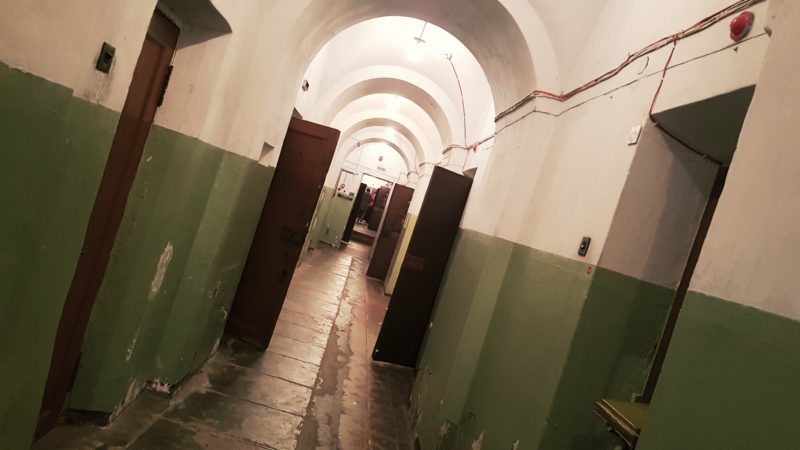
As we followed the corridors through the lower section of museum, we came to a set of stairs heading down to the execution chamber. The floor was made out of raised glass which allowed you to see the original dirt floor and personal items of those who were murdered in the room. Inside the chamber was a television set playing a video of a reenactment of how the chamber was used.
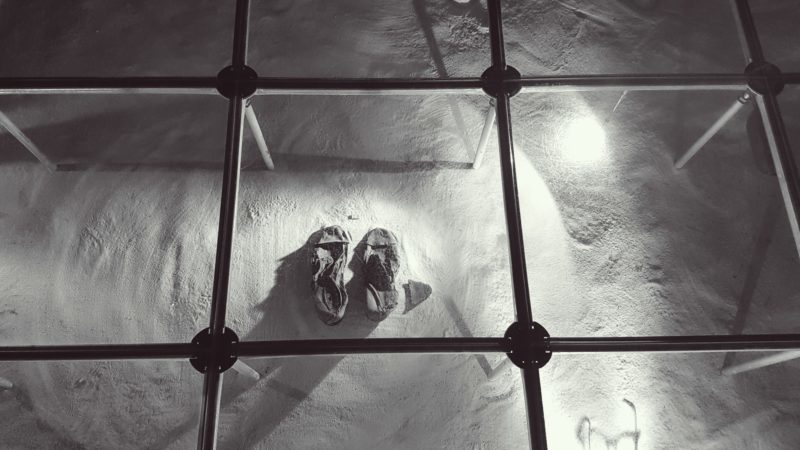
Like I said, this part of the museum was harrowing but it’s a necessary visit. The purpose of the museum is to remember the past and to educate present and future generations.
We spent a good couple of hours in the museum until, like most of our museum visits, they were closing. I believe that if given the chance, we would have stayed for another hour or so. Following our visit to the museum, we were in need of some fresh air so we took a walk around the city centre, mostly in silence as we let what we just experienced sink in.
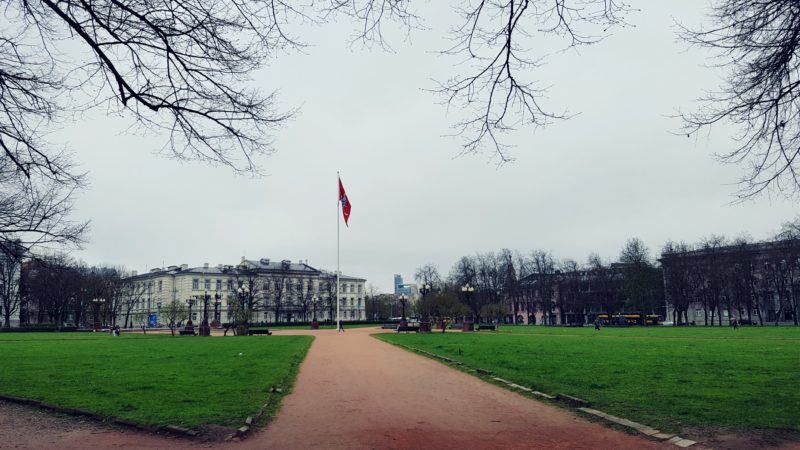
After our meander through the city, we checked our trusty Lonely Planet and headed to the Busi trecias pub for a couple of beers, it was a good choice and well worth visiting. One thing we wouldn’t recommend is visiting Zoe’s Bar and Grill for dinner! It was terrible. The service was abysmal, no WiFi available, and food was average at best. Alas, we headed back to Busi trecias for a nightcap.
Day 9: Vilnius to Kaunas, Lithuania
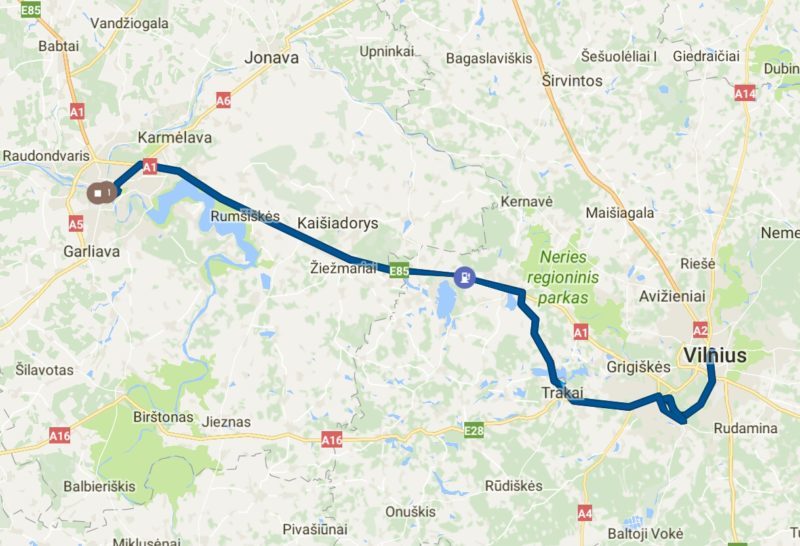
The Facts:
- Start: Vilnius, Lithuania
- Finish: Kaunas, Lithuania
- Travel Time: 4.5 hours (with stops)
- Transport: Car
- Costs: Parking €3, Pas Stanley €15, Michelle €10, Hotel Kaunas €72
The Highlights
Attractions:
Paneriai Memorial, Trakai Island Castle, Kaunas Old Town
Travel Tip:
If you’re visiting Kaunas then definitely check out Pas Stanley restaurant in the Old Town. The food was excellent and prices were very reasonable too.
Highlights Gallery:
Russell’s Overview
We could have easily stayed another day in Vilnius but we were aware that our time in the Baltics was quickly coming to an end and that we still had plenty of places to visit. We decided to make make an early start…after the hotel breakfast, of course.
It was over breakfast that we realised that May 1st was Labour Day, a public holiday! This meant that the majority of places we planned on visiting would be closed or at the very least, operating at reduced hours. Well, there’s two ways to handle something like this. You either let it spoil your day or you use it as an opportunity to explore places that would normally be full of visiting tourists. We opted for the latter.
We did a little research to determine where we should explore next and we came across the Paneriai Memorial Museum, which was situated about 10km from the city centre.
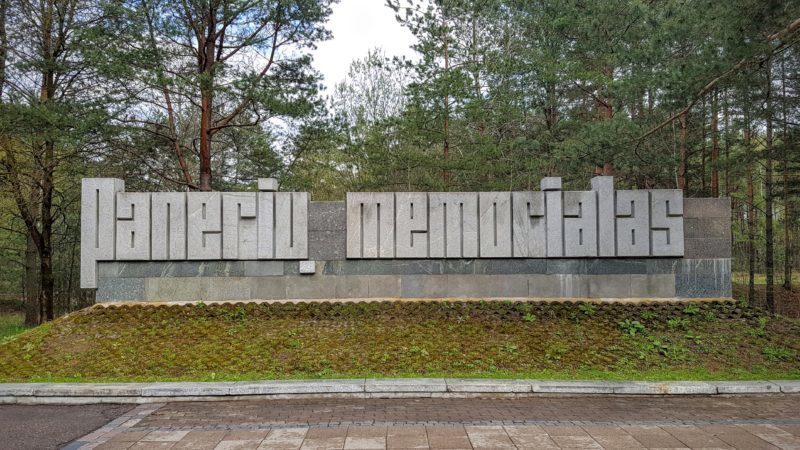
The museum is located on the site of the Ponary Massacre, where 100,000 people (70,000 Lithuanian Jews) were murdered by the Nazi Security Service and Lithuanian Nazi collaborators between 1941 and 1944.
The drive from the city centre took just under an hour and when we pulled into the empty car park we were pretty sure that the museum was closed.
Nevertheless, we wanted to pay our respects so we headed down the main path to the museum which turned out to be a good choice. Despite being closed, there were information boards and maps visible from the museum steps which allowed us to understand the layout of site.
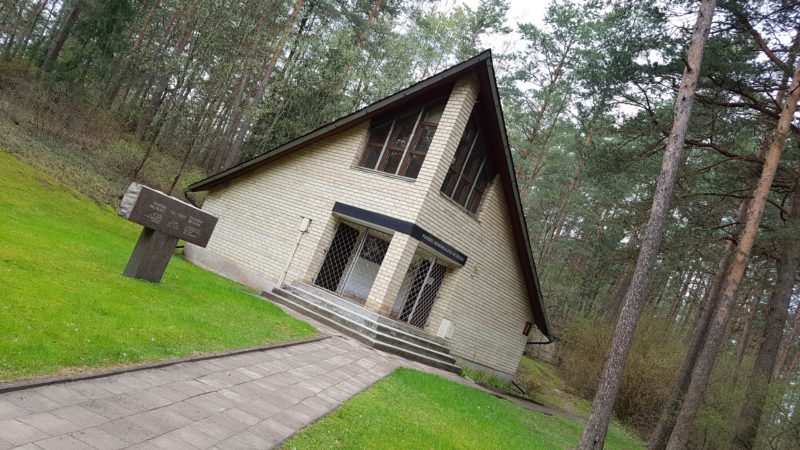
During the Soviet occupation of 1940-1941, the Red Army excavated seven large pits for use as fuel and ammunition storage. During the German occupation from 1941, these pits were reappropriated for use as execution sites.
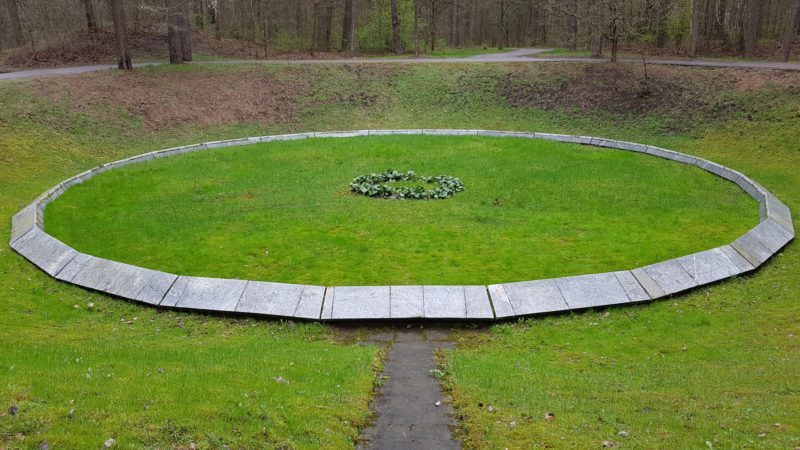
The Paneriai memorial site contains the remains of these pits which have been turned into places of remembrance. When standing at the foot of the remains of the pits, it is difficult to comprehend the sheer scale of what took place here 75 years ago. It was eerie knowing there was no one else in the forest, it was just us and the memory of 100,000 people who had their lives taken from them in the worst possible way.
As we were finishing our visit and heading back to the car, it began to rain. No sooner than we arrived back at the car it started bucketing down. It was a sign to time to hit the road and head to our next stop; Trakai Island Castle.
Now, if you haven’t heard of Trakai Island Castle then you’re in for a treat, it looks like something out of a fairytale. With it’s red-brick facade, tall turreted towers, and high walls, it looks like it could be the home of a Disney princess.
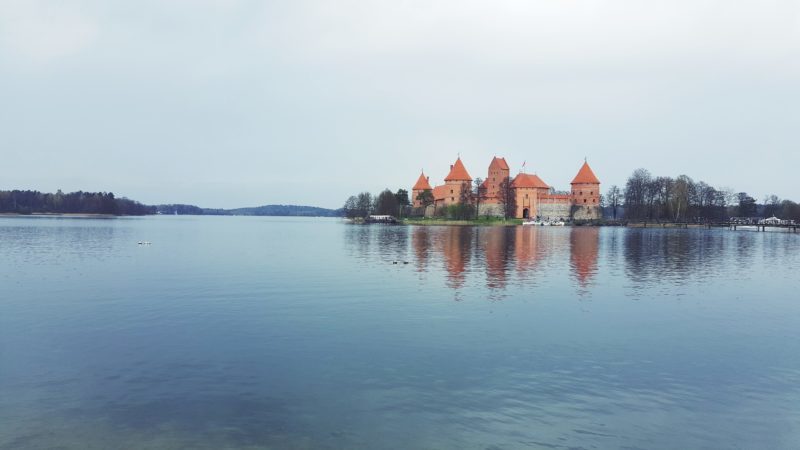
You could easily do a day trip to Trakai from Vilnius, but for us the routing worked that our drive was from Panerai to Trakai which took about 30 minutes. – You know when you’ve arrived because traffic slows to a crawl as people wind down their windows to take photos of the castle which appears to float on water.
We visited on a rainy public holiday and parking was pretty slim so if you’re planning on travelling during the summer months, be prepared to wait for parking! We ended up parking about a 10 min walk away in a makeshift car park in a resident’s driveway. They put out a sign out the front of their house with a big €3 painted on it and they waited in a deckchair near the entry waiting to collect the money. Can’t argue with the ingenuity.
The walk to the castle was pleasant but it was packed, it seemed like everyone else had the same idea to visit on the Sunday. In an effort to maximise our time, we decided not to venture inside the castle but rather to explore around it and take some photos. It turned out that we weren’t alone, an amble around the castle was just as popular as visiting the inside.
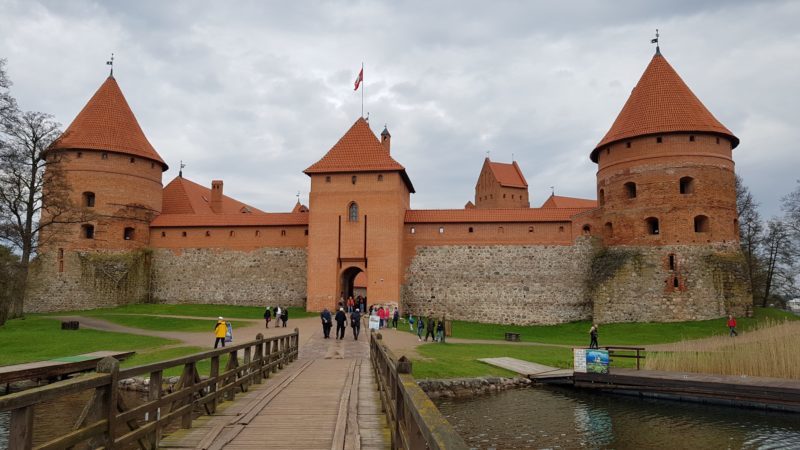
Following our visit to the Trakai Island Castle, we were back on the road for just over an hour as we headed towards our final stop for the day, Kaunas.
We stayed at Hotel Kaunas which had secure parking and was walking distance to the city. Once we checked it, we headed towards the Old Town to do a bit of exploring and take some photos. It didn’t take long before we were reminded that we arrived on a public holiday as the streets were relatively empty and a lot of the stores were closed. However, perfect opportunity to take some photos of the beautiful Old Town which really had a lot of character.
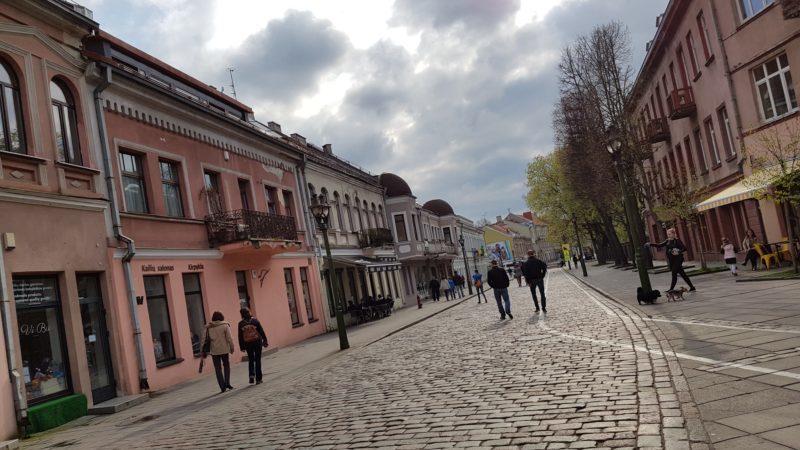
The lack of people meant that we had our pick of restaurants. We were given a recommendation from a Lithuanian friend of ours (Thanks Desi!) and we headed towards Pas Stanley. The food did not disappoint. Here we sampled delicious dumplings, mouthwatering stuffed chicken, and crunchy potato croquettes.
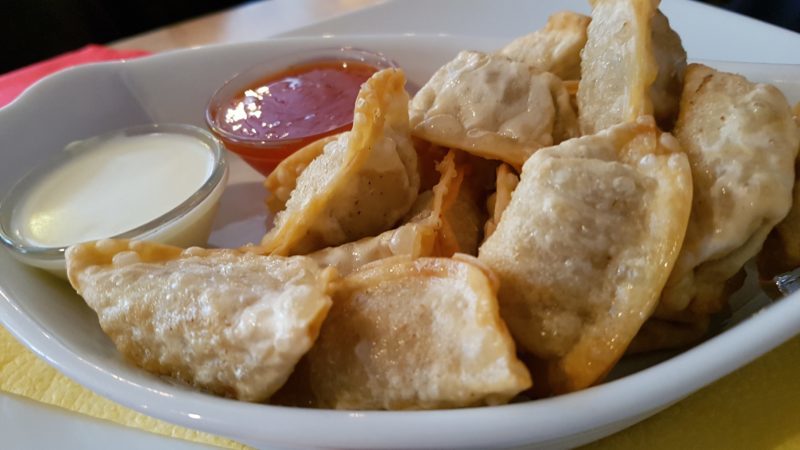
We stopped off for a nightcap at a bar called Michelle, another recommendation from Desi. There’s a great outdoor seating area which is worth checking out, the prices were very good too. Total of €10 for 4 beers in the centre of the Old Town.
Day 10: Kaunas, Lithuania to Riga, Latvia
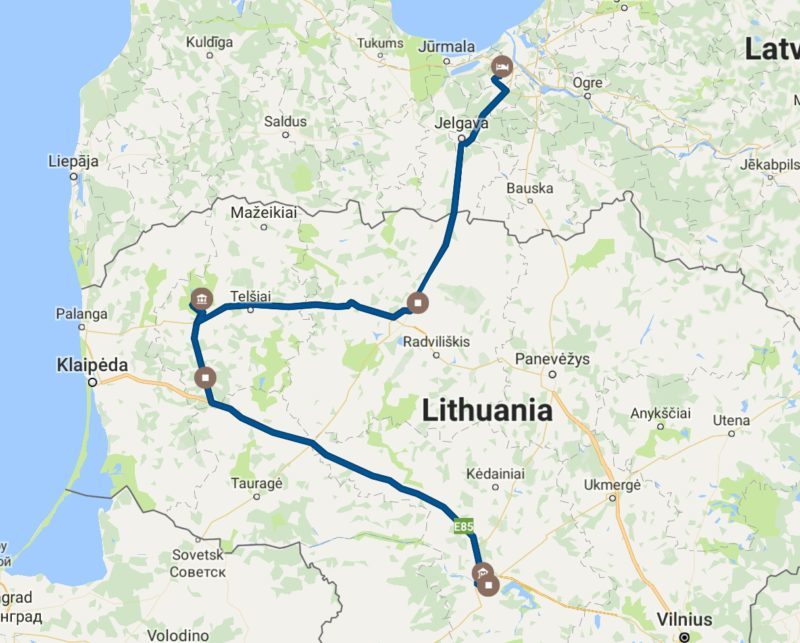
The Facts:
- Start: Kaunas, Lithuania
- Finish: Riga, Latvia
- Travel Time: 7 hours (including stops)
- Transport: Car
- Costs: Ninth Fort £4.50, Cold War Museum €12 (Adults €4 / Students €2, audio guide €3), Best Western Mara hotel €61
The Highlights
Attractions:
Ninth Fort Museum/Memorial, Cold War Museum, and the Hill of Crosses
Travel Tip:
Whatever you do, don’t miss the Cold War Museum…it’s housed in a former Soviet underground nuclear missile silo!
Highlights Gallery:
Russell’s Overview
This was our last full day on the road as we needed to make our way towards Riga for our flight back to London so we were determined to make the most of it. In what could only be described as our biggest day yet, we finalised our itinerary over breakfast.
Our final day in Lithuania was to include a visit to a former prison/execution site, a secret nuclear missile silo, and the site of Christian pilgrimage known throughout Europe. Not a bad way to end our road trip, right?
We checked out and hit the road to our first stop – The Ninth Fort, located a short 20 min trip from town.
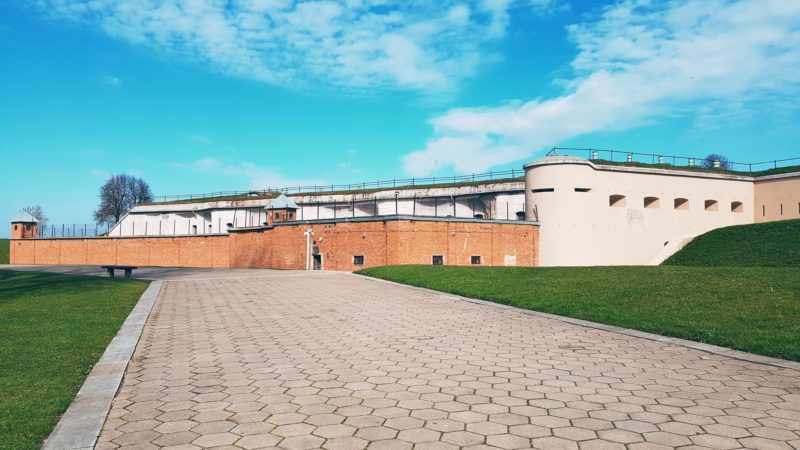
The Ninth Fort (IX Fortas) has a long and complex history since its construction in the early 20th century as part of the fortification of Kaunas. There were a number of forts and gun batteries built to protect the city, the names of the forts indicate their order of construction.
Beginning its life as city prison, it was used by the Soviet forces from 1940-1941 to transport prisoners to the forced labor camps. During the Nazi occupation, the fort was the site where 30,000 Jews from Lithuania and surrounding countries were executed.
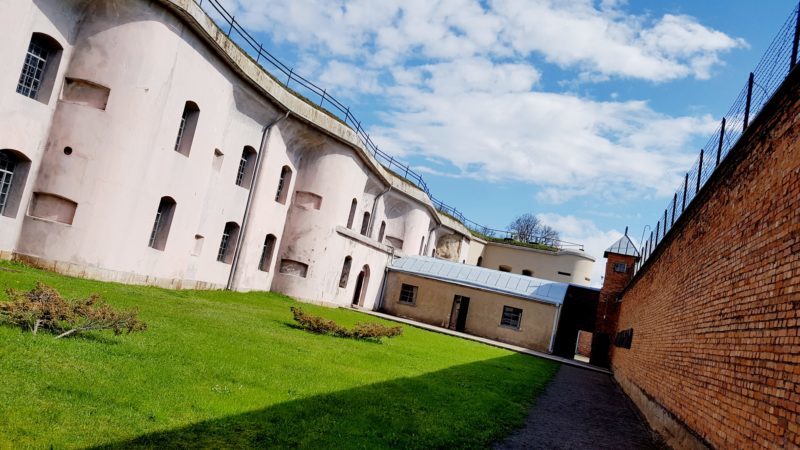
A visit to the Ninth Fort can be split into 3 sections – Museum, Ninth Fort, and Memorial. The best way to visit is in this order because you will need a museum ticket to give you entry into the Ninth Fort however the memorial is free to all.
Since we arrived early and had some time on our hands, we decided to explore the memorial first which turned out to be the best decision because there was no one else around. We had the whole memorial and surrounding grounds to ourselves.
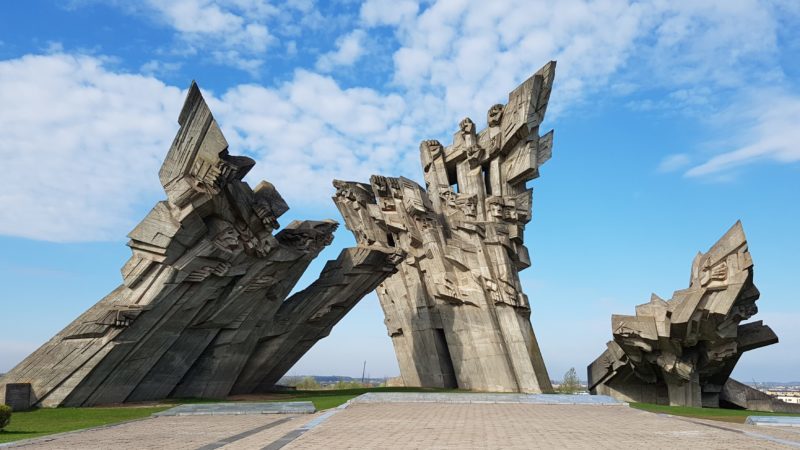
The monument to the victims of Fascism was deeply moving because of its sheer scale and haunting design. Designed by A. Ambraziūnas and standing 32 metres high (105 ft), the memorial was unveiled to the public in 1984.
There is a plaque located near a large grass field which reads; “This is the place where Nazis and their assistants killed more than 30,000 Jews from Lithuania and other European countries”.
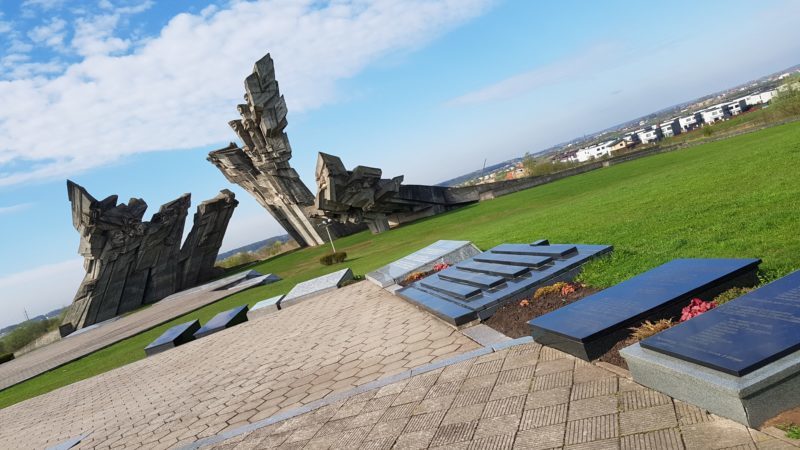
The museum opened at 10am so we headed in and purchased our tickets (€3.00 for adults / €1.50 for students). The museum was comprehensive, extremely detailed, and truly fascinating! Providing detailed information boards (in English as well) explaining the Soviet, German, and (once again) Soviet occupations.
From the museum exit, we set along the path to the Ninth Fort. It was still relatively early on a Monday morning so we once again had the entire fort to ourselves, except for the staff.
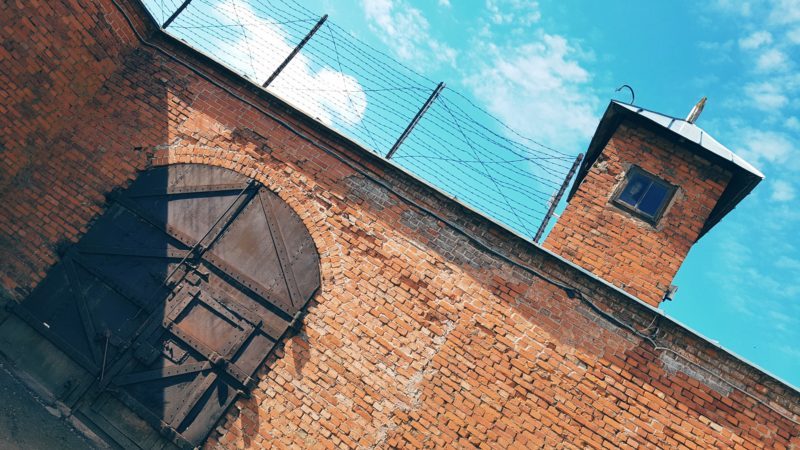
We started exploring the outside of the fort before making our way inside to explore the series of cells. One of the first things we noticed when walking down towards the cells was how cold it was. According to one of the information boards, the average temperature was between 12° and -14°. Each of the cells contained information boards explaining the history of the fort, the cell and the exhibits which contained original equipment.
We passed by 3 punishment cells; The Wet Cell, The Health Resort Cell, and The Concrete Sack.
It was in one of the cells that we learned of Operation 1005. It was an attempt by the Nazi’s to hide evidence of the mass murder of Jews and Soviet prisoners of war by mass corpse-burning. In September 1943, a group of 64 prisoners were selected for the task of burning the bodies. However, that group of prisoners ESCAPED from the Ninth Fort on December 25th, 1943
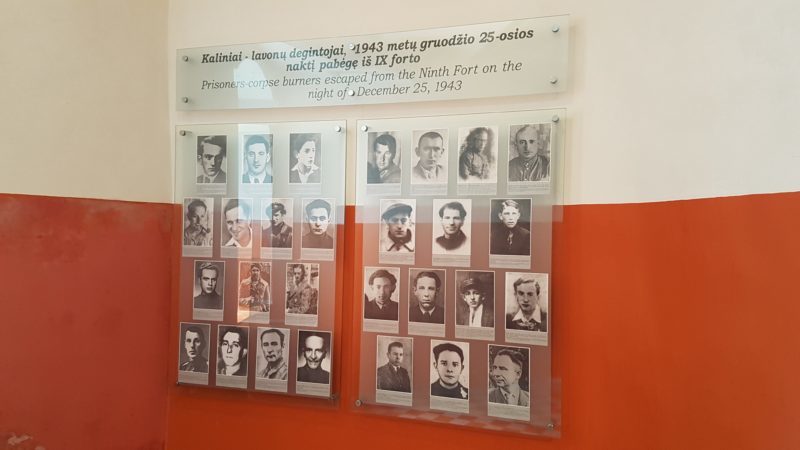
I do not know whether Jesus was really born on Christmas. But we, the corpse burners did indeed come to life on that night. Christmas night marked the birth of Christianity, we created the legend of the rebellion.
Alex Faitelson (former prisoner at Ninth Fort)
We bid farewell to Kaunas and hit the road towards the Zemaitijos National Park, a good 2 hour drive away. We were heading towards what was going to be one of the highlights of the entire road trip, a visit to the Cold War Museum (formerly named Plokstine Missile Base) housed in a former Soviet Union underground nuclear missile silo!
If you’ve been reading Roaming Required for a while then you know that we love to visit places a little off the beaten track and a secret underground nuclear missile silo is the epitome of off the beaten track.
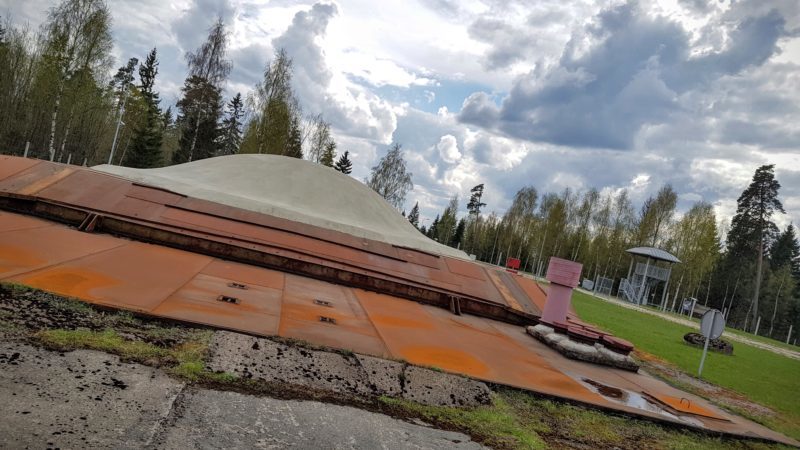
See also: Exploring a Secret Nuclear Missile Base
After spending a few hours at the Cold War Museum, we headed back to the car and set our sights on Lithuania’s famous Hill of Crosses, some 90 mins away.
The Hill of Crosses, a site of Christian pilgrimage, where Christians from the world over go and place a symbol of their religious faith. The hill is not only a religious site, it’s now one of Lithuania’s most popular tourist attractions.
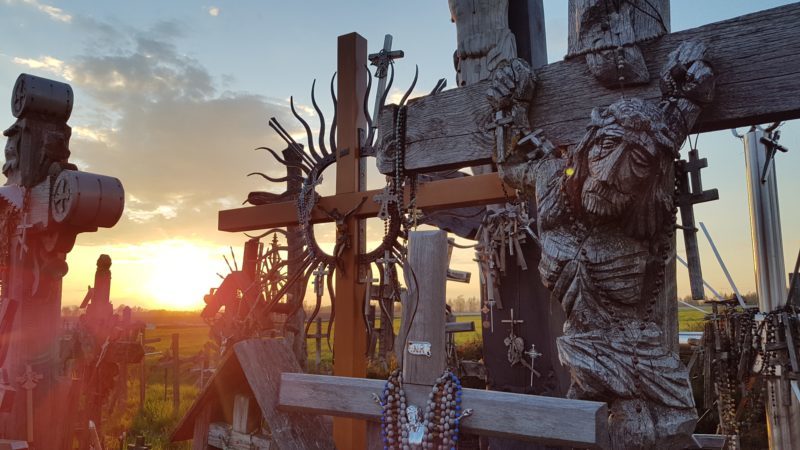
As we drove through the streets of Siauliai approaching the location of the Hill of Crosses, we were surprised by how flat the landscape was. I’m not sure if we expected to see a huge mountain but what we saw was a relatively small hill.
We parked across the road in a small car park and headed towards the hill armed with our cameras, ready to take full advantage of the setting afternoon sun. It was only when we were standing at the foot of the Hill of Crosses that we appreciated just how amazing this was truly was.
The hill itself may have been smaller than we expected, but the sheer number of crosses, crucifixes, Virgin Mary statues, and Rosary beads, was simply mind-boggling. It was one of the most spectacular place we visited during our Lithuanian road trip.
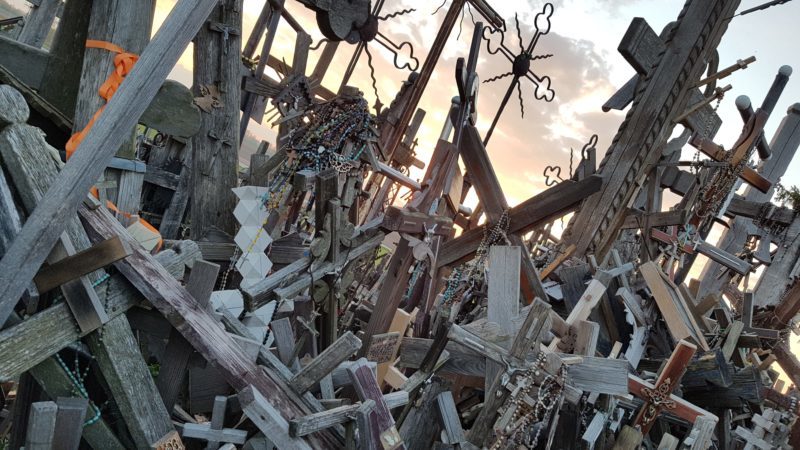
The crosses sat one on top of the other, some lay literally atop one another in a pile which was waist high. The hill can be navigated via a staircase which runs through the middle. According to the signs there were over 200,000 crosses however there were a lot of crosses with 2015 and 2016 dates on them so I’d presume that there are well over that number now.
We spent more time than we expected walking through the many many rows of religious items and just when you think you’ve seen them all, it just continues to unfold in front of you. The setting of the sun signaled the end of time at the Hill of Crosses so we headed back to the car and headed for Riga.
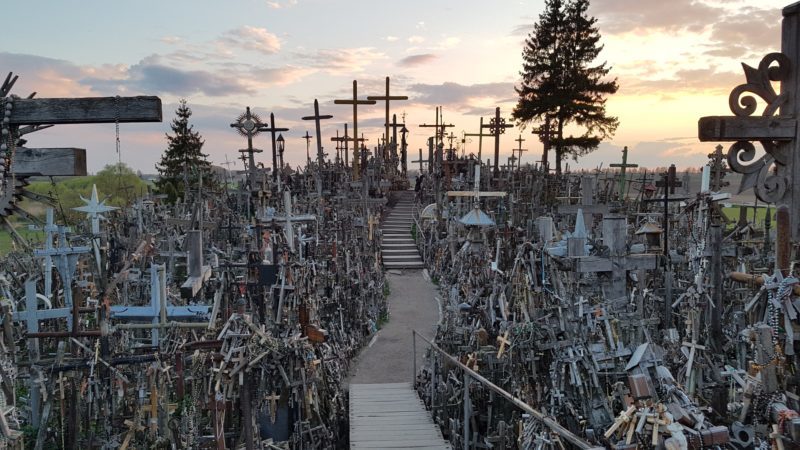
We expected an easy drive back to Riga and that’s what it was, for the most part. 1 km from the hotel Google Maps detoured us down a long and winding road which looked like it survived from the Middle Ages. Some of the biggest potholes I’ve ever seen, while others we avoided by hugging the nature strip. After what felt like an eternity but in reality was only 10 minutes we arrived back on the main road, I resisted the temptation to jump out of the car and kiss the ground.
We stayed at the Best Western Mara hotel, not far from the airport. The hotel was sufficient with free parking, a clean room, and breakfast included.
It didn’t take long for us to fall asleep after our mammoth final day!
Day 11: Riga, Latvia to London, UK
The Facts:
- Start: Riga, Latvia
- Finish: London, England
- Travel Time: 3 hours in the air
- Transport: Plane, Car
- Costs: Return flights
Russell’s Overview
All good things must come to an end and so did our Baltic road trip adventure.
It was sad seeing our Baltic road trip come to an end but we had an amazing adventure and recommend it to everyone! I do have one favour to ask, if you do plan on taking a Baltic road trip then let me know because I’d love to hear all about your trip!
Why wait? Latvia, Estonia, and Lithuania are all waiting for you now!
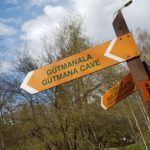
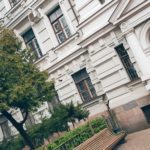
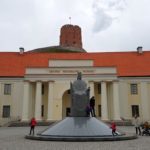
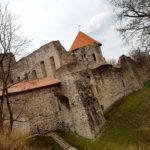
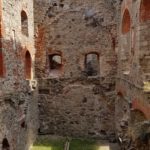

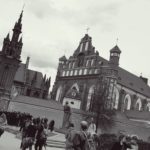
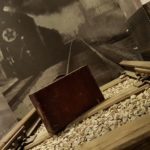
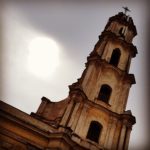
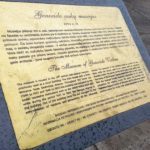
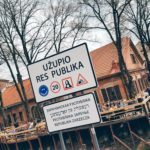
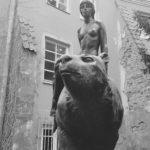

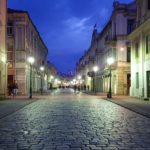
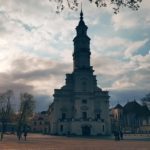
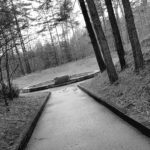
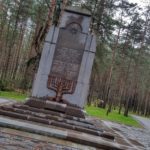
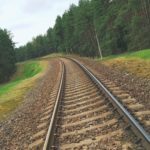



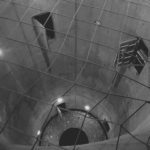
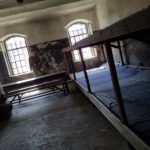
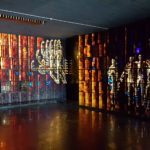
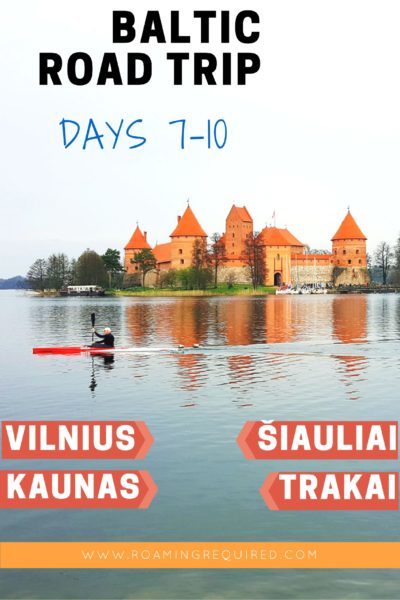
Bravo!!! It must have been a deep historical lesson on this trip. You must have felt emotional loads of times. Couldn\’t you fly back from Kaunas?
Thanks Ed, it was a wonderful trip and definitely one that was full of history! It definitely had its ups and downs but one that was totally worth it. You’re right though, we could have flown back from by the time we reached the Hill of Crosses it was about equal distance to Riga and needed to return the car. However, knowing there’s an airport in Kaunas means that it’ll be easy for us to return for another visit…:)
Wow, you properly covered some ground!
Yes we did Emma! It was an ambitious road trip.
This is amazing! Those communist monuments are unreal! Remind me of a few in Bulgaria. Oh, and now I want some fried dumplings!!!
Absolutely agree, you can never have too many delicious dumplings! We will be exploring Bulgaria soon so I shall keep an eye out for more impressive monuments.